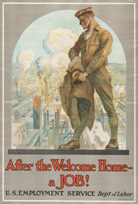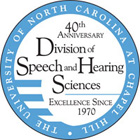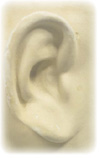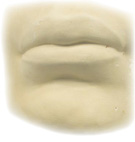History of the Professions
A Brief History of AUDIOLOGY
The roots of clinical audiology can be traced to the early years of the 20th century when ‘psychoacoustics’ emerged as a branch of experimental psychology aimed at the study of auditory perception. Audiology did not emerge as a professional discipline, however, until the 1940s when thousands of young servicemen and women returned from World War II with noise-induced hearing loss. The U.S. government responded by establishing hearing rehabilitation programs at the nation’s military hospitals where hearing aid fitting and aural rehabilitation procedures were standardized and implemented across the country. University training programs followed, first in the Midwestern U.S. and eventually throughout the nation.

During the 1950s-60s, audiology programs emerged in community speech and hearing centers geared primarily to aural rehabilitation. In medical settings audiologists began conducting hearing assessments in the ENT clinic. The 1970s and 80s saw the emergence of subspecialty areas: pediatric audiology, educational audiology, industrial audiology, cochlear implants, and assessment of balance function. Over the past 20 years private practice has been the fastest growing employment sector.
From its inception, audiology has focused on both the measurement of hearing and the impact of hearing loss on communication and social function. Hearing aids available to the first audiologists were limited by low fidelity, high battery consumption, and excessive size. They improved steadily over the years with advances in solid state electronics, eventually evolving into the compact, fully digital instruments used by audiologists today. For patients unable to benefit from acoustic amplification, cochlear implants provide electrical stimulation to the auditory nerve.
Advances have also occurred in the technology used to assess hearing. In addition to behavioral tests of hearing, audiologists now have a battery of physiologic measures that assess auditory function at all levels. These technologies have made it possible to screen for hearing loss in the newborn nursery, to diagnose hearing loss in early infancy, and to provide hearing aid fitting within weeks of birth.
”From its inception, audiology has focused on both the measurement of hearing and the impact of hearing loss on communication and social function.”
Photo: Robert Ladd
A Brief History of SPEECH-LANGUAGE PATHOLOGY
Speech-language pathology has its roots in elocution (speech perfection) stemming from the 18th century in England. In the United States, an emphasis on elocution continued but quickly shifted to a focus on communication disorders with the publication of a book by Samuel Potter, MD, which describes several types of speech and language disorders. Speech production continued to be the focus in the field, however, and the American Academy of Speech Correction was established in 1926.
Many WWII soldiers returned with brain injury resulting in a dramatic increase in persons with aphasia. During the 1940’s and ’50s, speech-language pathology researchers and practitioners began to focus more on “mentalism” or brain processing abilities. Also during this time, brain studies, technological advances, and development of standardized testing procedures gave rise to more useful receptive and expressive language assessment and treatment techniques. The field of speech pathology became speech-language pathology during this time.
During the 1960’s through the ’80’s, advances in linguistic studies further enhanced the speech-language pathologist’s understanding and ability to treat a variety of language delays and disorders in persons of any age. In the 21st century, speech-language pathologists have begun to research and treat the pragmatic use of language along with the other areas of communication disorders, which have been addressed as the profession continues to develop in the United States.
For a more complete history of speech-language pathology visit: http://www.acsu.buffalo.edu/~duchan/new_history/overview.html.
”Brain studies, technological advances, and development of standardized testing procedures gave rise to more useful receptive and expressive language assessment and treatment techniques.”
Photo: Robert Ladd




 Speech Language Pathology and Audiology: The Professions
Speech Language Pathology and Audiology: The Professions





